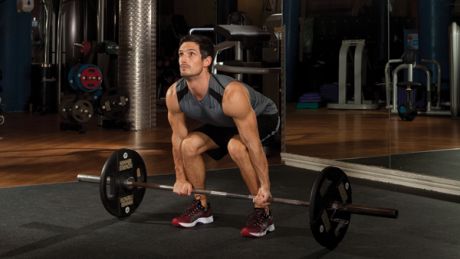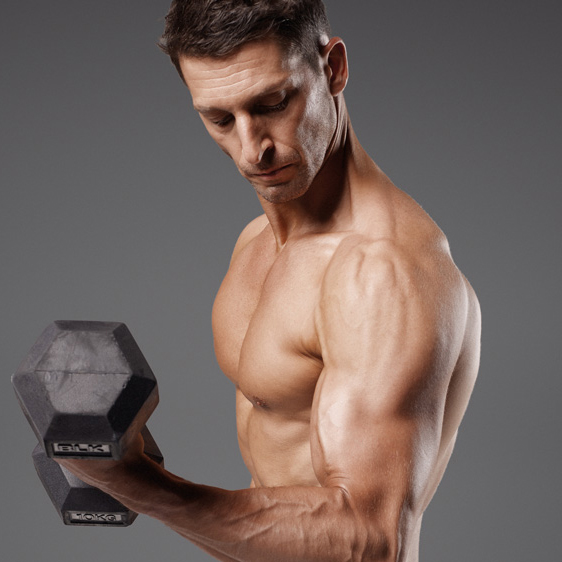The Importance Of Setting Gym Goals
Set fitness goals so you can measure your progress and achieve tangible results.

You want to get into the best shape of your life, but where should you start? It all depends on your ultimate goal. Do you want to add muscle, get stronger or lose fat? Only once you’ve established your motivating force can you effectively move towards your target. Here’s what you need to do.
Set your goal
Not knowing exactly what it is you want to achieve is the fastest route to failure, so it’s vital you sit down and work out what your goals are in detail. "It’s also important to identify your goal because this will determine the type of training you need to do and how often," says trainer Nick Morgan. "This means you won’t waste time on sessions that don’t help you get to where you want to be."
Writing it down is usually helpful. Once you’ve done so, place the note somewhere prominent. "This is an important psychological step and it not only shows you’re serious about achieving them, it also gets your head in the right frame of mind," says trainer Gavin Walsh.
Be ambitious but realistic
Adding 10kg of lean muscle in six weeks isn’t going to happen. Nor is going from a XXL shirt to a medium over the same space of time. But just as you shouldn’t set the bar too high, it’s just as bad to set it too low. You need your target to be ambitious and challenging; if it’s too easy you’ll achieve it quickly then lose interest in training.
"Goals should always be SMART – specific to you, measurable, attainable, realistic and with a timeframe," says Morgan. "There is also the importance of health. We all want results fast, but change that happens quickly is not always healthy or sustainable."
Set short-term aims
Having a long-term goal is important, but you need to determine what changes you want to see and the progress you need to make in the immediate future and intervening periods. "Not only will these milestones act as markers to monitor your overall progress, they also provide additional focus and motivation to keep you on track," says Walsh. "If you’re not hitting these smaller targets then you can access your training and nutrition to see if it needs tweaking to get back on track."
If you’re not sure what your short-term goals should be then work backwards from the main focus. "Think about what changes you need to make to ensure the endgame is more achievable," says Morgan. "If you want to lose X amount of weight in Y weeks then work out what you need to shed every seven days to get there."
Get the Coach Newsletter
Sign up for workout ideas, training advice, reviews of the latest gear and more.
Accept the bad days
"Willpower alone isn’t always enough to get you through bad days," says Walsh. "So you need to accept that you will occasionally slip up. But take this into consideration when setting your initial and weekly goals by factoring in a cheat meal or cheat day in your nutrition plan so you have something to look forward to during those tough sessions."
And there’s nothing wrong with taking an extra day’s rest. "If you are really struggling with energy levels or motivation it may be your body’s way of saying it needs more rest," says Morgan. "Rest, recuperate and get fitter then hit the gym harder tomorrow."
- Five signs you need to take a rest day.
Goals At A Glance
- Figure out what you want to achieve and write it somewhere prominent so your goal stays in your thoughts.
- Make sure your target is neither too hard nor too easy – it should mark a genuine change but be realistically achievable.
- Don’t just think about the ultimate goal – set targets along the way as well.
- Be pragmatic about training. Adjust, adapt and keep your eyes on the prize.

Joe Warner is a highly experienced journalist and editor who began working in fitness media in 2008. He has featured on the cover of Men’s Fitness UK twice and has co-authored Amazon best-sellers including 12-Week Body Plan. He was the editor of Men’s Fitness UK magazine between 2016 and 2019, when that title shared a website with Coach.









